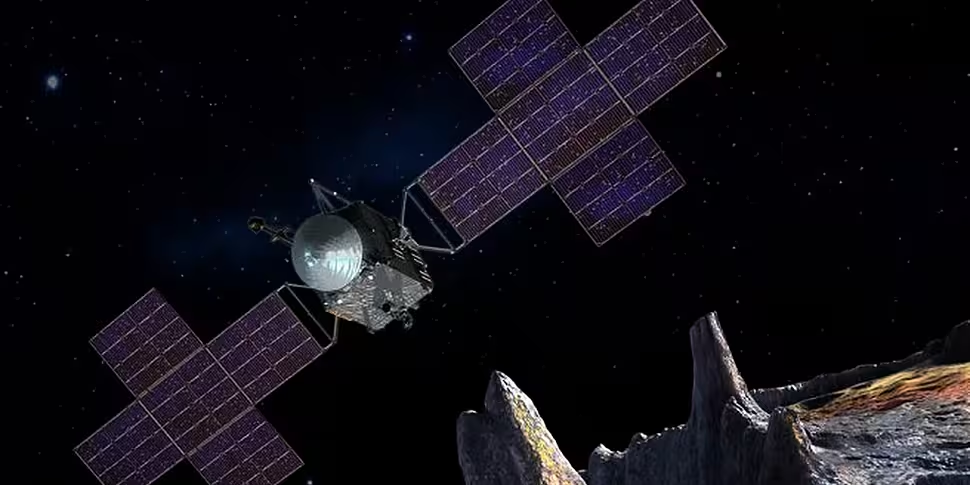NASA has announced plans to fast-track its mission to a unique asteroid that contains enough iron ore to collapse the entire global economy.
Composed almost entirely of nickel-iron metal, the asteroid ‘16 Psyche’ is the largest known body of its kind in the asteroid belt - the region of space between the orbits of Mars and Jupiter.
Estimated to contain around $10,000 quadrillion in iron ore alone; if humanity could somehow manage to mine the asteroid for its mineral wealth, the industrial possibilities would be endless.
While its 240km diameter is significantly smaller than some of the other asteroids that have been discovered in the belt, 16 Psyche’s exposed iron composition makes it a fascinating area of study for astronomers.
Should the NASA mission be successful, it will provide humanity with its first opportunity to explore a ‘world’ made almost entirely of metal – rather than rock or ice.
NASA mission
The mission - originally slated for lift-off in 2023 - has been brought forward by a year to 2022; however scientists have also identified a more efficient flight path that could see the mission arriving at the asteroid four years earlier than planned, in 2026.
“We challenged the mission design team to explore if an earlier launch date could provide a more efficient trajectory to the asteroid Psyche, and they came through in a big way,” said Jim Green, director of the Planetary Science Division at NASA Headquarters in Washington.
“This will enable us to fulfil our science objectives sooner and at a reduced cost.”
The new trajectory is not only more efficient, but will keep the spacecraft further from the sun - reducing the amount of heat protection required for the flight.
The craft has been given a sleek and sporty new design to account for the new trajectory - with a more powerful five panel solar array system combined with a lighter body to increase its speed.
Celestial streaker
While it is not clear how 16 Psyche ended up on its celestial streak through the orbital belt, scientists believe it may have experienced a number of massive collisions - exposing its core to the cosmos.
Researchers said the new mission offers a unique opportunity to study the violent collisions that created Earth and other terrestrial planets.
The mission will aim to determine whether Psyche is the core of an early planet, how old it is, whether its formation bore any similarities to Earth’s own core and what its surface is like.
The spacecraft's payload will include magnetometers, multispectral imagers - and a gamma ray and neutron spectrometer.
Space mining
While the asteroid’s precious metals could offer huge potential for human advancement, the NASA mission is strictly, 'look but don’t extract.'
Mining missions of the future however, may not be as scientifically fictional as they sound.
NASA has estimated the mineral wealth that can be found in the asteroid belt at approximately the equivalent of $100bn for every person on planet Earth today.
While the monetary value is relatively meaningless, the resources could be used to begin building the space infrastructure that will be necessary for the future exploration and potential colonisation of the solar system.
Legal framework
A number of governments and companies are already working on theoretical space mining projects and the US has signed the the Commercial Space Launch Competitiveness Act into law.
The act recognizes the right of US citizens to own asteroid resources – thus encouraging commercial exploration and utilization of resources from asteroids.
The law has been met with criticism in certain quarters, as it could be seen to contradict the 1967 Outer Space Treaty – which protects the surfaces and contents of asteroids from commercial harvesting.
Either way NASA’s mission could pave the way for a new age of space exploration, largely powered by commercial, rather than national interests.









